Aligning automation with sales goals
According to a recent survey, “Sales reps spend less than 36% of their time selling”. This is why sales automation is crucial for business success more than ever.
Don’t rush to automate just yet! First, you need to define your sales goals and identify non-revenue tasks such as call logging and manual reminders that your sales reps are spending time on. Then, you can automate the non-revenue tasks to give back time to your sales team so they can focus on selling. We have many recipes geared towards sales automation that you can check out on our marketplace here.
In this strategic guide, we will go over 3 strategic use cases, analyze success stories from fellow business owners and take a look at next steps to implement. Let’s dive in.
Strategic use-case: Notify your sales team
Did you know that on average it takes 7 emails to schedule a call with a salesperson? Yes, and counting the time taken to manually check multiple calendars and back and forth wastes valuable time for your sales team. Lighten your sales team’s load by automating that first outreach to leads—it’s a small change that lets them focus more on lead research and preparing for their call! Bonus points if you also utilize a calendar scheduling platform like Calendly.
In this case, you can use form submission as a trigger that can create a new deal under the lead’s name and update its status to active. This automation can also send a personalized welcome email with information about their inquiry and encourage them to chat with a sales rep. Once this is sent, the salesperson is altered internally to the new lead and can create a game plan to set up a successful meeting to close the deal.
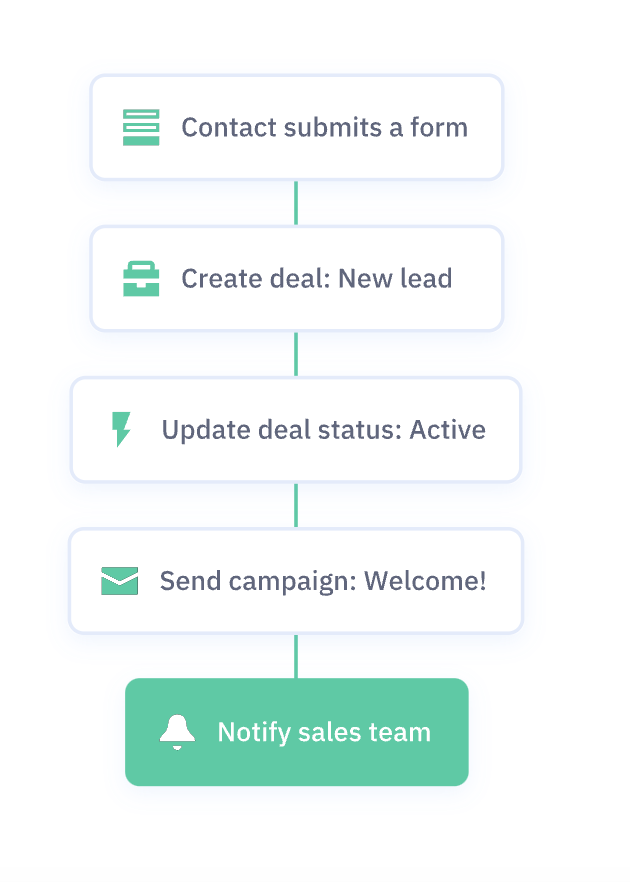
Strategic use-case: Update deals and create tasks
This is another simple, yet effective automation recipe that enables your sales team to close deals faster. This works by tracking your customers on your site which could be a signal of increased interest and then nudging your sales team to reach out to them via a phone call. Learn more about site tracking here.
Considering the numerous leads your salesperson juggles simultaneously, maintenance of updated deal values throughout the sales cycle could become a tedious task. There’s a real risk of valuable deals slipping through due to inefficient follow-ups or misprioritization during tight schedules. Accurately assigning deal values and setting up deal stages before utilizing this automation recipe not only streamlines outreach but also ensures that your sales effort is strategically placed on deals with higher closing probabilities.
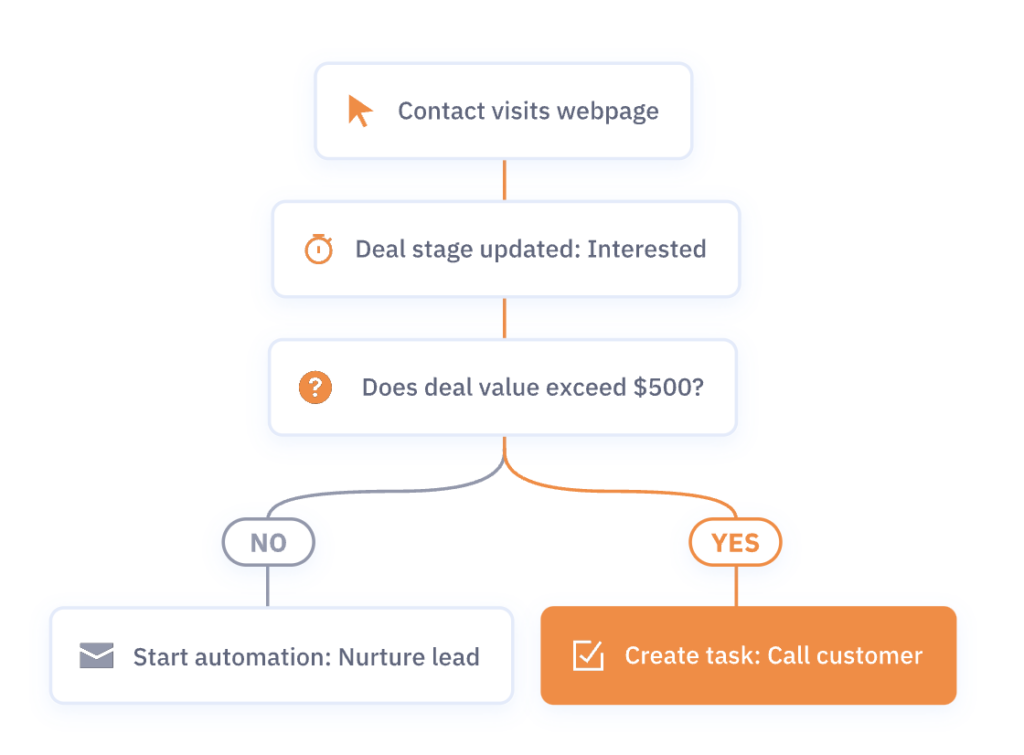
Strategic use-case: Nurture leads automatically
In this strategic use case, the automation recipe is all about changes in the deal value. A deal’s value can increase or decrease based on certain actions that are performed.
For example, if a prospect opens 3 nurturing email campaigns in a row, their deal value can be increased via automation. On the other hand, if a deal value drops, then you can leverage ActiveCampaign’s automation recipes to send an email covering the most commonly asked questions. Next, use a wait step between 1-3 days and send an email with a case study. This step will help establish social proof for your leads.
Finally, you can use branched logic to either create a task to follow up and move the needle toward winning the deal or simply end the automation. This should be based on the change in the deal value that we started with as a trigger earlier in the automation.
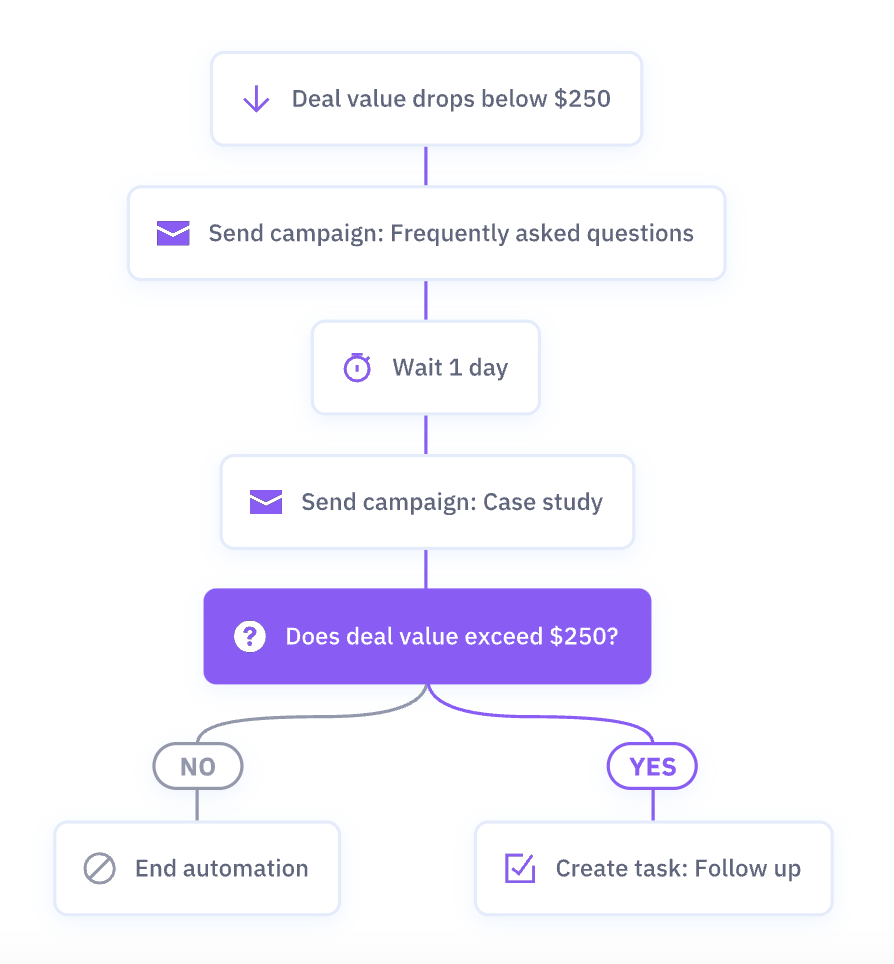
Success stories
Let’s explore how your fellow business owners have used ActiveCampaign’s automation recipes to improve their sales process. We hope that this gives you an idea of how you can implement it in your business.
First, we’ll take a look at how Vaultra, a Canadian self-storage company uses ActiveCampaign’s sales automations to drive more sales. In their case, the team’s marketing and sales efforts were fragmented and they were struggling to manage their pipeline. Then on October 24th, when Vaultra fully launched ActiveCampaign for their door-to-door service, they saw an 84% increase in email engagement rate. This was in part due to the proper implementation of automation recipes to send personalized emails that nurture leads and facilitate follow-up. Read more about their success story here.
Next, let’s look at how a consulting firm leveraged sales automation to snag a stellar 34% open/click rate, soaring above the industry average! McCrindle, an Australian-based social research, demographic, and data analysis consulting agency used a sales automation recipe that harnessed the power of ActiveCampaign’s Predictive Sending along with “wait” conditions to send out event invitations at scale with personalization within each email. Read McCrindle’s full success story here.
Next steps and implementation
With an understanding of the strategy behind ActiveCampaign’s automation recipes, you can move onto the implementation phase. Browse our marketplace here and click to import and edit to your business needs. Try it out yourself with a free trial of our sales plan!
It’s important to keep in mind a couple best practices when using automation recipes such as building modularly and using labels to categorize your automations. Check out the complete guide here.
Happy automating!
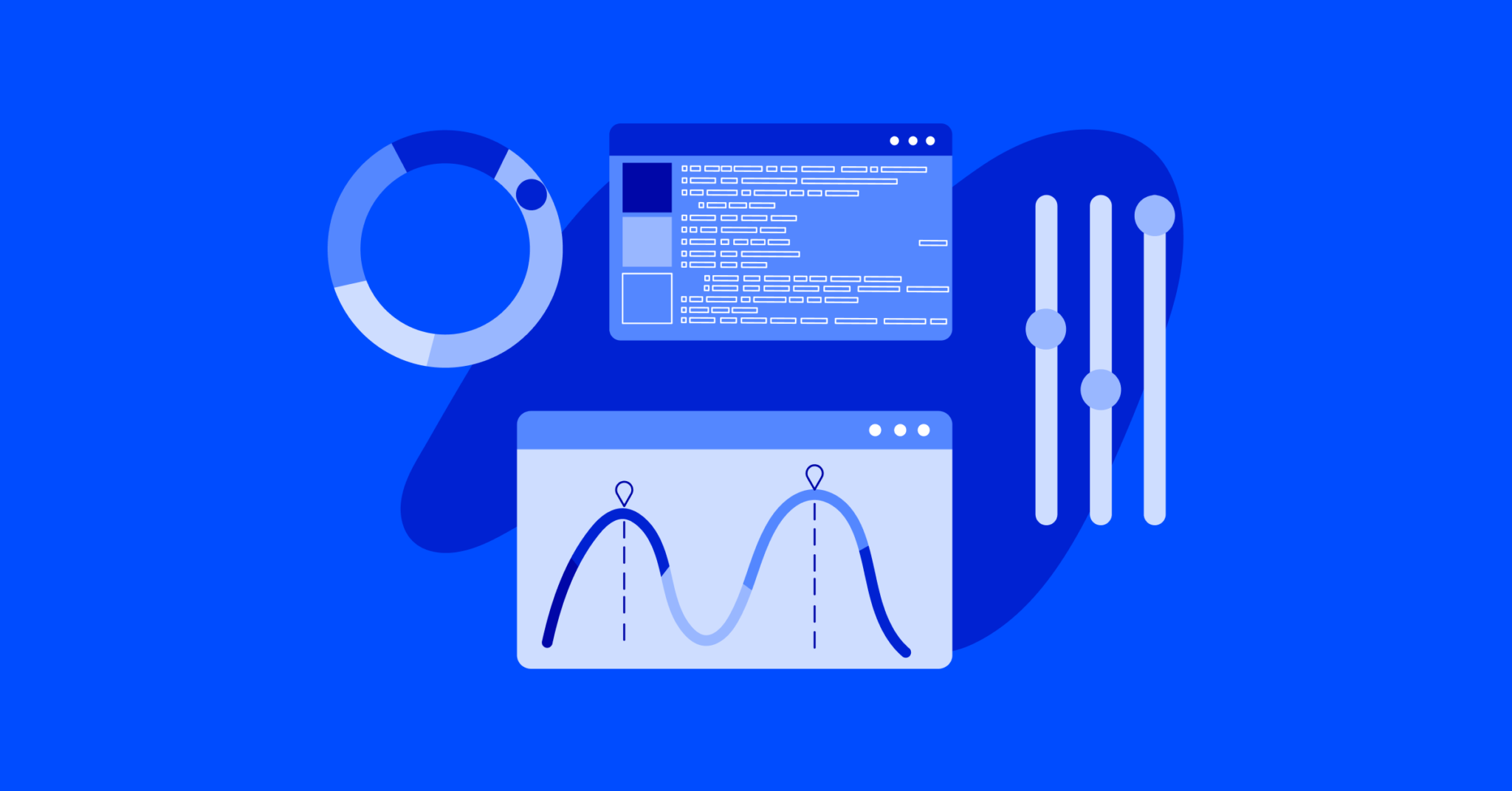

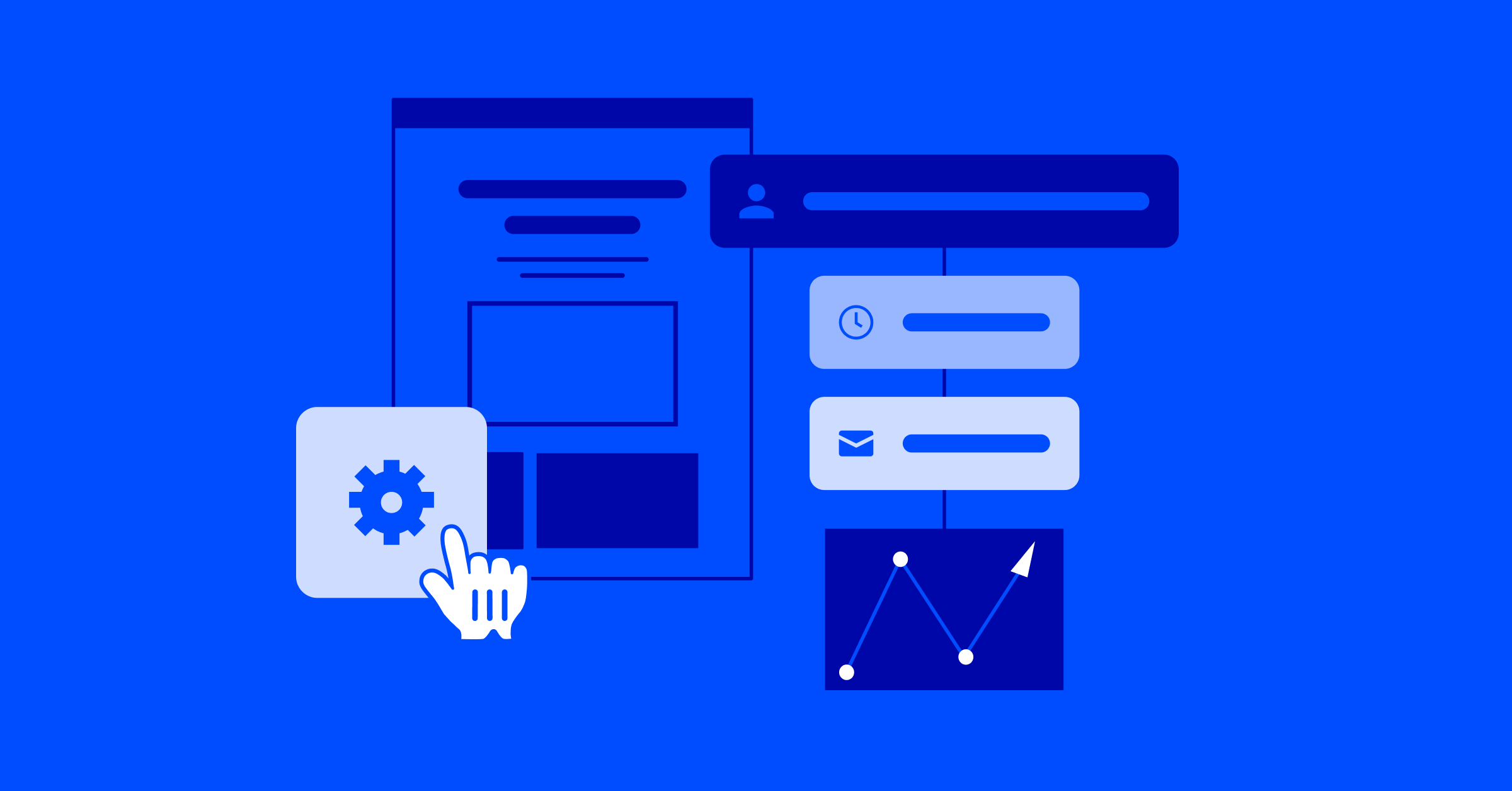
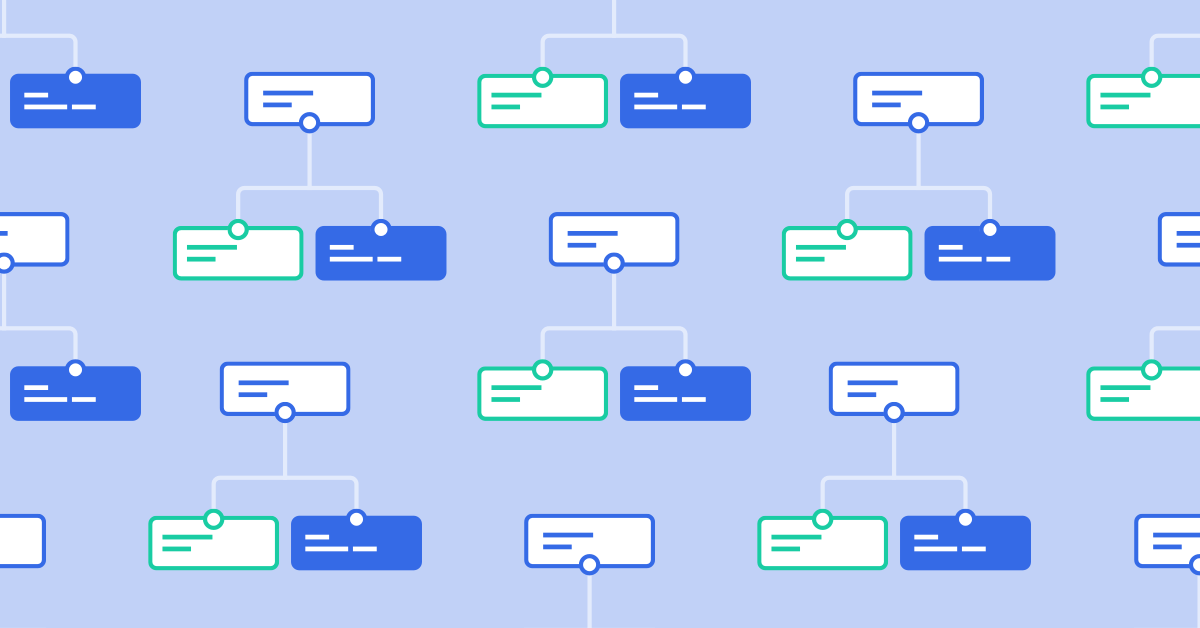
Comment section